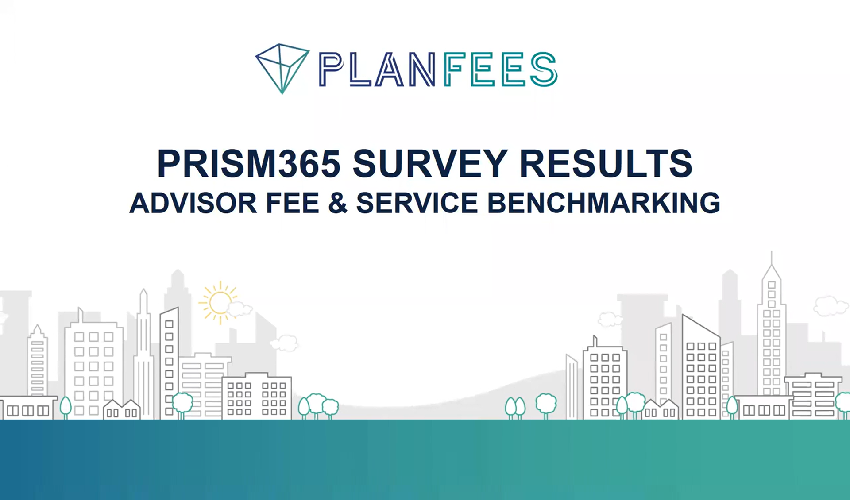3(16) ERISA Fiduciary Definition

Recently there has been an emergence of entities offering to provide ERISA Section 3(16) services.
Plan sponsors may be interested in divesting themselves of Section 3(16) plan administrator responsibilities and there are questions regarding this concept and its perceived desirability. The unfortunate reality is that the advertisements, marketing material and articles (often written by interested parties who sell these services) are often quite misleading and contain a substantial disconnect between the scope of services required versus those actually covered.
ERISA Section 3(16) states the definition for “plan administrator” as responsible for the daily operation of the plan. A plan administrator under ERISA 3(16) is identified in the plan document and if the plan document is not specific, the plan sponsor is considered to be the 3(16) fiduciary.
ERISA 3(16) fiduciary responsibilities include, but are not limited to:
- Interpretation of the plan document, required reporting and disclosures (i.e. Form 5500), selection, evaluation and monitoring of: other plan fiduciaries, service providers, plan investments, any investment advisor to the plan and reasonableness of all plan fees and contracts.
- Distribution of Summary Plan Description (SPD)/Summary of Material Modifications (SMM), participant fee disclosure, benefit statements, QDIA notices and other required participant disclosures, distribution of benefits, administration of QDROs (procedures and process) and administration of loans.
Approach organizations offering 3(16) services with caution as the strength of the purported offloading of fiduciary responsibility is untested to date. In addition, plan sponsors should review any such offerings in extreme detail as few, if any, organizations truly accept a full 3(16) scope. Most organizations agree to serve in a 3(16) capacity limited to the service being provided (loan processing, hardship approval, etc.). It is highly unlikely that a plan sponsor can hope to avoid or transfer fiduciary responsibility merely by engaging an organization as a 3(16) plan administrator because even that selection (unless included in the plan document) carries fiduciary implications, and thus ongoing monitoring of the selected 3(16) is required. Therefore the plan sponsor retains potential fiduciary responsibilities and thus liability exposure. Finally, when considering engaging a 3(16) advisor keep in mind: (1) few, if any, advisors have the experience, let alone the proper infrastructure, to take on the administration of the plan – this is best left to third party administrators and recordkeepers; and (2) no advisor will be capable of possessing all the knowledge, data and authority necessary to act in a full scope 3(16) capacity – this is due to the fact that human resources, payroll, etc. are still not managed by the advisor.
It is important to remember that the same procedurally prudent process that accompanies any ERISA fiduciary decision certainly should apply when considering an external ERISA 3(16) Fiduciary as well.
ERISA Section 3(16) states the definition for “plan administrator,” the person responsible for the daily operation of the plan.
Interpretation of the plan document, required reporting and disclosures (i.e. Form 5500), selection, evaluation and monitoring of: other plan fiduciaries, service providers, plan investments, any investment advisor to the plan and determining reasonableness of all plan fees and contracts
ACR#180988 04/16



